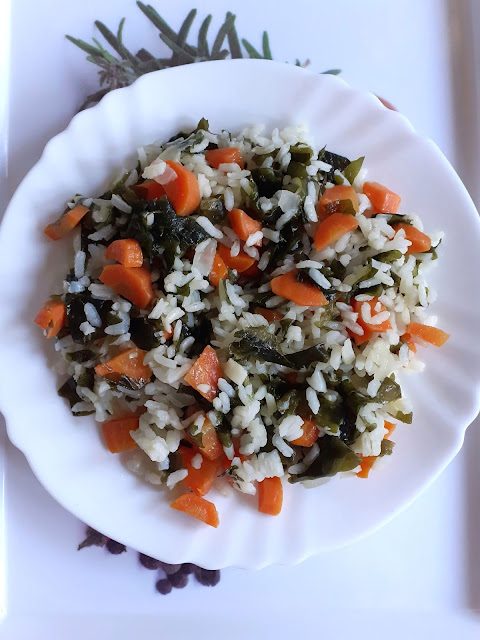Leram bem!
Vou partilhar a receita de um delicioso cheesecake de caramelo!
É muito simples, tem todo o sabor, é de comer, e... comer mais! (Só se chora na última fatia) Tem uma maravilhosa camada de caramelo entre a base de bolacha e o recheio, por isso, tem tudo para ser um sucesso.
Não é por nada, mas fiquei encantada com a possibilidade de fazer cheesecakes com iogurte. Sim, deixa de ser um cake de cheese, mas fica lá perto, até pelas texturas que são semelhantes. E o sabor? O sabor é maravilhoso!
Nesta receita usei uma forma pequena; se forem usar uma forma maior, sintam-se à vontade para usar o dobro dos ingredientes.
Cheesecake de caramelo
Ingredientes:
Base:
- 200g de bolacha Maria
- 100g de manteiga
- 1 ou 2 colheres de sopa de água, se necessário
Recheio: (todos os ingredientes à temperatura ambiente):
- 400g de iogurte grego
- 100g de açúcar
- 1 c. de sopa de açúcar baunilhado
- 1 pitada de sal
- 2 ovos
- 1 c. sopa de amido de milho
Caramelo:
Preparação:
Base:
Pré-aquecer o forno a 180 ºC.
Derreter a manteiga. Triturar as bolachas. Misturar a manteiga derretida com as bolachas. Se a mistura estiver muito seca, acrescentar uma ou duas colheres de sopa de água, para conferir um pouco mais de humidade. Colocar numa forma de mola previamente untada com manteiga e com o fundo forrado a papel vegetal, e alisar, pressionando ligeiramente, e abrangendo também um pouco as laterais da forma. Assar durante 10 a 12 minutos, até dourar nas bordas.
Deixar arrefecer e reservar.
Caramelo:
Ao caramelo preparado com esta receita retirar cerca de 1 chávena. Levar ao lume, para o aquecer, e colocar 2 colheres de sopa rasas de farinha (sem fermento). Misturar muito bem para incorporar, sem deixar grumos e deixar cozinhar cerca de 1 minuto.
Este caramelo ficará mais espesso e será colocado no fundo da base. Por ser mais espesso, não irá desaparecer no recheio do cheesecake aquando da cozedura.
Estando pronto, colocar este caramelo no fundo da base do que será o cheesecake. Deixar arrefecer.
Recheio:
Bater bem o iogurte grego com o açúcar, a pitada de sal e o açúcar baunilhado durante 3 minutos até estar tudo bem dissolvido.
Adicionar os ovos, um a um, batendo bem entre cada adição.
Por fim, acrescentar o amido de milho e bater bem.
Verter o creme do cheesecake na base (já com o caramelo), e levar ao forno, pré-aquecido a 180 ºC, durante 30-40 minutos (pode demorar mais tempo, dependendo da altura da forma que utilizarem).
Deixar arrefecer e colocar no frigorífico durante pelo menos 3h.
Antes de servir o cheesecake, passar uma faca entre o cheesecake e a forma para garantir que está totalmente solto, abrir a forma, remover com cuidado e passar o cheesecake para um prato de bolo ou outro suporte. Podem usar o molho de caramelo que restou (o sem farinha) para colocar por cima do cheesecake, ou colocar esse molho de caramelo a gosto, na fatia que estiver a ser servida.
























